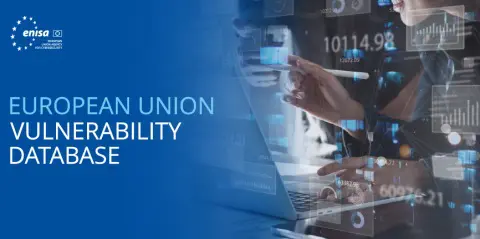The EU is launching a European vulnerability database that collects available information on cybersecurity vulnerabilities. This is intended to strengthen Europe’s security and resilience.
The European Union Agency for Cybersecurity (ENISA) has developed the European Vulnerability Database (EUVD). This database includes “reliable and usable information,” including mitigation measures and the exploitation status of cybersecurity vulnerabilities. This information comes from various sources, such as Computer Security Incident Response Teams (CSIRTs), software vendors, and existing databases. The EUVD service, developed in accordance with the NIS2 directives, is now operational and maintained by ENISA.
European vulnerability database
With the EUVD, ENISA aims to bridge the gap between all available information, originating from multiple sources such as CSIRTs, software vendors, and existing databases. “The database provides transparency for all users of the affected ICT products and services and will be an efficient source of information to find mitigating measures,” states Juhan Lepassaar, Executive Director at ENISA.
The EUVD consists of three dashboards: one for critical vulnerabilities, one for exploited vulnerabilities, and one for EU-coordinated vulnerabilities. The database is accessible to the general public and is intended for consumers, businesses, European regulators, and researchers. They can consult information here regarding vulnerabilities that affect IT products and services.
Resilience
“The EU vulnerability database is an important step towards strengthening Europe’s security and resilience,” according to Henna Virkkunen, Executive Vice-President of the European Commission for Technology Sovereignty, Security and Democracy.
read also
Microsoft promises more data, security, and control for Europe
“By bringing together information on vulnerabilities relevant to the EU market, we are raising cybersecurity standards, enabling both private and public sector stakeholders to better protect our shared digital spaces with greater efficiency and autonomy.”
